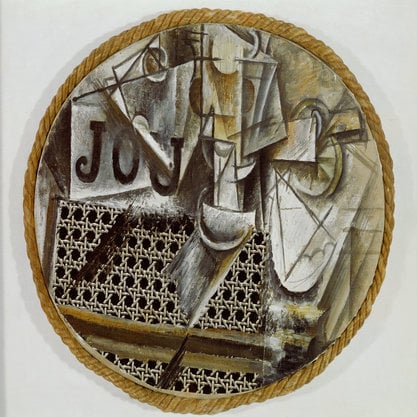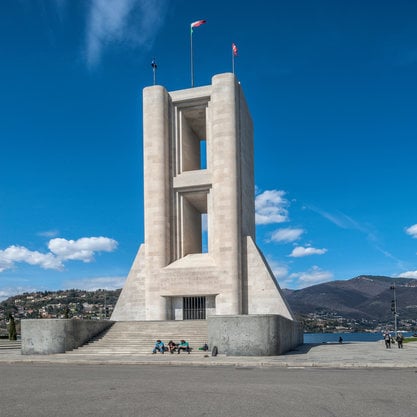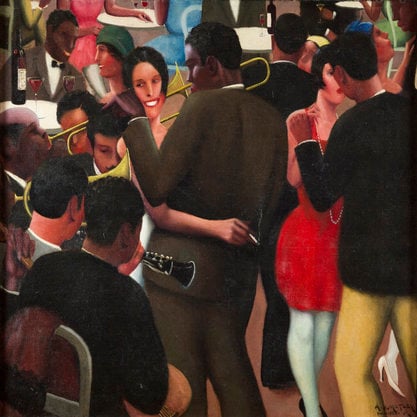Article
Boccioni, Umberto (1882–1916) By Versari, Maria Elena
Article
Umberto Boccioni was the most famous painter and sculptor of the Italian Futurist movement. After an early career as a painter and illustrator, he joined Futurism in 1910, quickly becoming one of its leading members. Together with Carlo Carrà, Luigi Russolo, Giacomo Balla and Gino Severini he signed the Manifesto of the Futurist Painters (1910) as well as the Technical Manifesto of Futurist Painting (1910) and exhibited at legendary Futurist shows in Italy and abroad. His numerous conferences and articles were pivotal in furthering the theoretical development of Futurist aesthetics and defining Futurism’s identity in opposition to Cubism and Expressionism. His work is marked by a constant intertwining of theoretical definition and material experimentation. Artistic debates, but also contemporary scientific and philosophical theories, influenced his Futurist masterpieces, such as La città che sale [The City Rises] (1910–1911) and La risata [The Laugh] (1911). In 1912 his interest in sculpture led him to pen the Technical Manifesto of Futurist Sculpture and resulted in a famous exhibition of works in plaster and multi-media assemblages.






